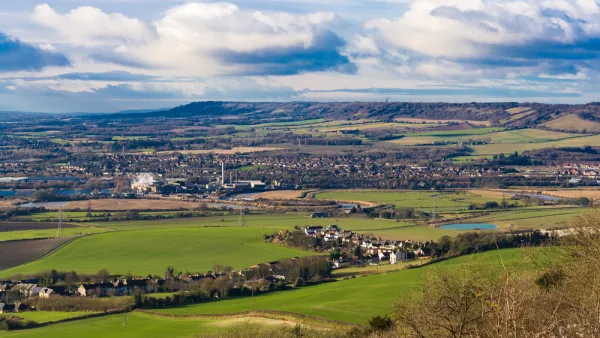Andre M. Perry’s "Know Your Price: Valuing Black Lives and Property in America’s Black Cities" reveals the web of historical and contemporary socioeconomic barriers that maintain the racial wealth divide.

After years of presenting on racial economic inequality and the racial wealth divide, I have learned that it is essential to attack head-on the myths and false narratives that justify racial economic inequality before one can begin to approach solutions to this issue. One must face the underlying myth that the United States is the land of economic mobility and that there is a robust middle class that all have equal access to, if they are willing to put in the individual effort. Andre M. Perry’s Know Your Price: Valuing Black Lives and Property in America’s Black Cities reveals the web of historical and contemporary socioeconomic barriers that maintain the racial wealth divide and does this through personal narrative, history, and an exploration of a wide array of social issues.
Perry is known for his professional and academic credentials, including being a fellow at the Metropolitan Policy Program at Brookings and a scholar-in-residence at American University. Yet Perry clarifies that his personal life story is one of his most important credentials in analyzing Black asset poverty’s causes and barriers.
Perry’s introduction provides the most powerful summation of the arguments of the book. Through his story of being raised by a working-class matriarch in a declining middle-class Black city, Perry paints a portrait from which we can see the socioeconomic challenges individuals and households face and how these challenges are embedded in a racially discriminatory political economy. While acknowledging the ups and downs in his family’s life, Perry convincingly argues that ...
FULL STORY: Valuing Black Lives and Black Cities: A Review of Know Your Price

National Parks Layoffs Will Cause Communities to Lose Billions
Thousands of essential park workers were laid off this week, just before the busy spring break season.

Retro-silient?: America’s First “Eco-burb,” The Woodlands Turns 50
A master-planned community north of Houston offers lessons on green infrastructure and resilient design, but falls short of its founder’s lofty affordability and walkability goals.

Delivering for America Plan Will Downgrade Mail Service in at Least 49.5 Percent of Zip Codes
Republican and Democrat lawmakers criticize the plan for its disproportionate negative impact on rural communities.

Test News Post 1
This is a summary

Test News Headline 46
Test for the image on the front page.

Balancing Bombs and Butterflies: How the National Guard Protects a Rare Species
The National Guard at Fort Indiantown Gap uses GIS technology and land management strategies to balance military training with conservation efforts, ensuring the survival of the rare eastern regal fritillary butterfly.
Urban Design for Planners 1: Software Tools
This six-course series explores essential urban design concepts using open source software and equips planners with the tools they need to participate fully in the urban design process.
Planning for Universal Design
Learn the tools for implementing Universal Design in planning regulations.
EMC Planning Group, Inc.
Planetizen
Planetizen
Mpact (formerly Rail~Volution)
Great Falls Development Authority, Inc.
HUDs Office of Policy Development and Research
NYU Wagner Graduate School of Public Service





























